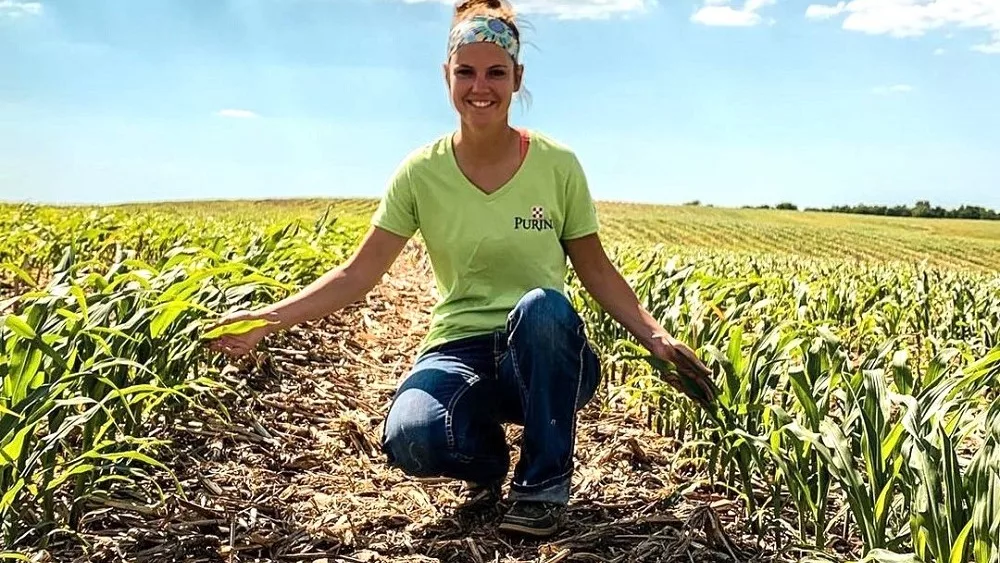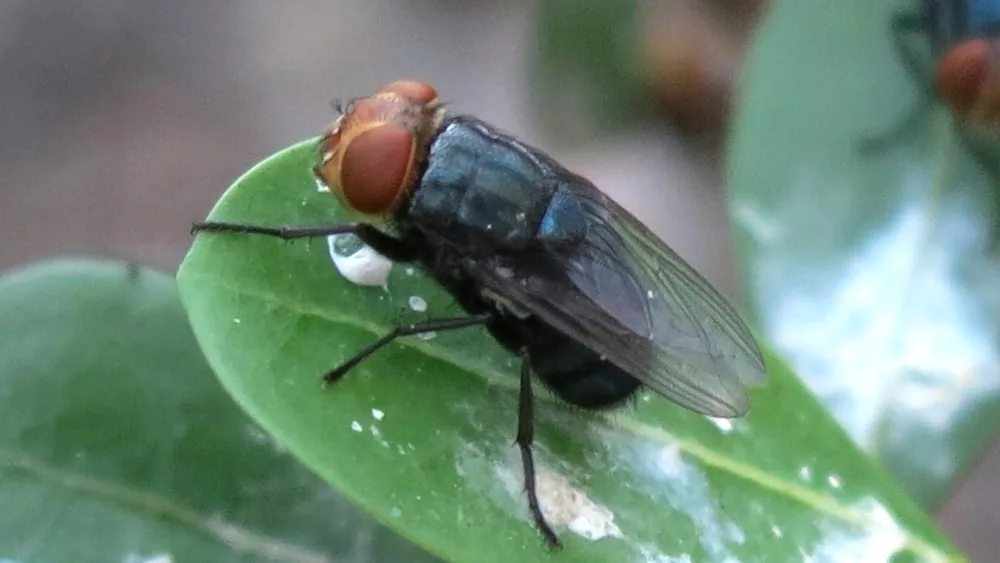
If you would like to begin or expand a conservation practice on your farm operation—and earn some revenue as well, then you might want to enroll in The Soil and Water Outcomes Fund.
“We’re working with growers to implement new conservation practices such as tillage reduction, cover crop implementation, or extended crop rotation,” says Tyler Roush, Indiana’s Field Program Representative for the program.
He says The Soil and Water Outcomes Fund, which is a subsidiary of the Iowa Soybean Association, improves the long-term resiliency of your farm operation.
“We’re not only looking at the soil health benefits, but the farm benefits from reducing fertilizer rates, as well as the carbon sequestration process from reducing the tillage, which is also reducing the amount of diesel fuel that is burned,” he says.
Roush adds that you’ll not only reduce erosion and improve your soil health, but you’ll also receive monetary compensation for putting these practices into place on your farm for the first time.
“Last year, our average payment was $33 an acre,” he says. “The nice thing about that is you’ll receive a free estimate before signing the contract with The Soil and Water Outcomes Fund. Once that contract is signed and you’re ready to move forward, you’ll receive 50 percent of that payment up front within the first couple of months to assist you in implementing those conservation practices. Then, when the following spring rolls around, you’ll receive the other 50 percent of the payment for that year.”
According to The Soil and Water Outcomes Fund, the program enrolled over 300,000 acres across 14 states in 2023 and provided over $10.5 million in payments to farmers.
What are the qualifications for enrolling into the program?
“You’ll need to implement a new conservation practice. The key piece is that there is something new on your operation,” says Roush. “We can be looking at doing a tillage reduction, adding a cover crop, or an extended crop rotation—going from a corn-soy rotation to a corn-soy-wheat rotation, or possibly going beans-after-beans or corn-after-corn, and then transitioning to a corn-soy rotation.”
Roush says is no minimum or maximum acreage required for enrollment, and that the program is designed to scale at each farmer’s own pace.
In addition, each agreement is made through a one-year contract, so farmers don’t feel like they are locked into the program long-term.
Learn more about The Soil and Water Outcomes Fund at TheOutcomesFund.com.






